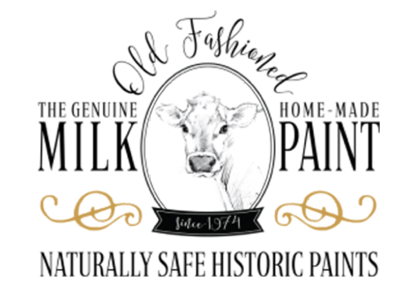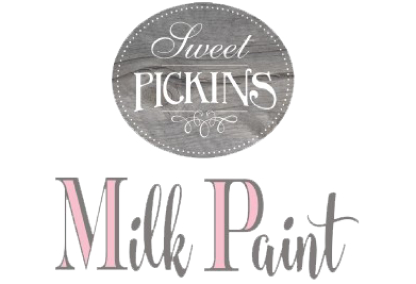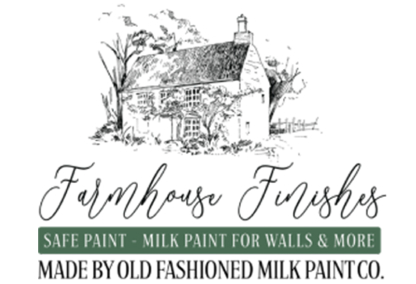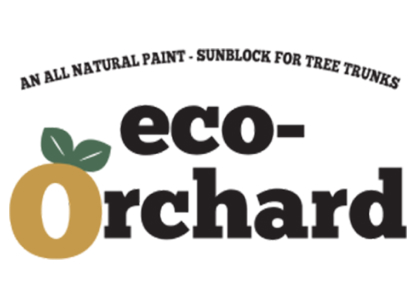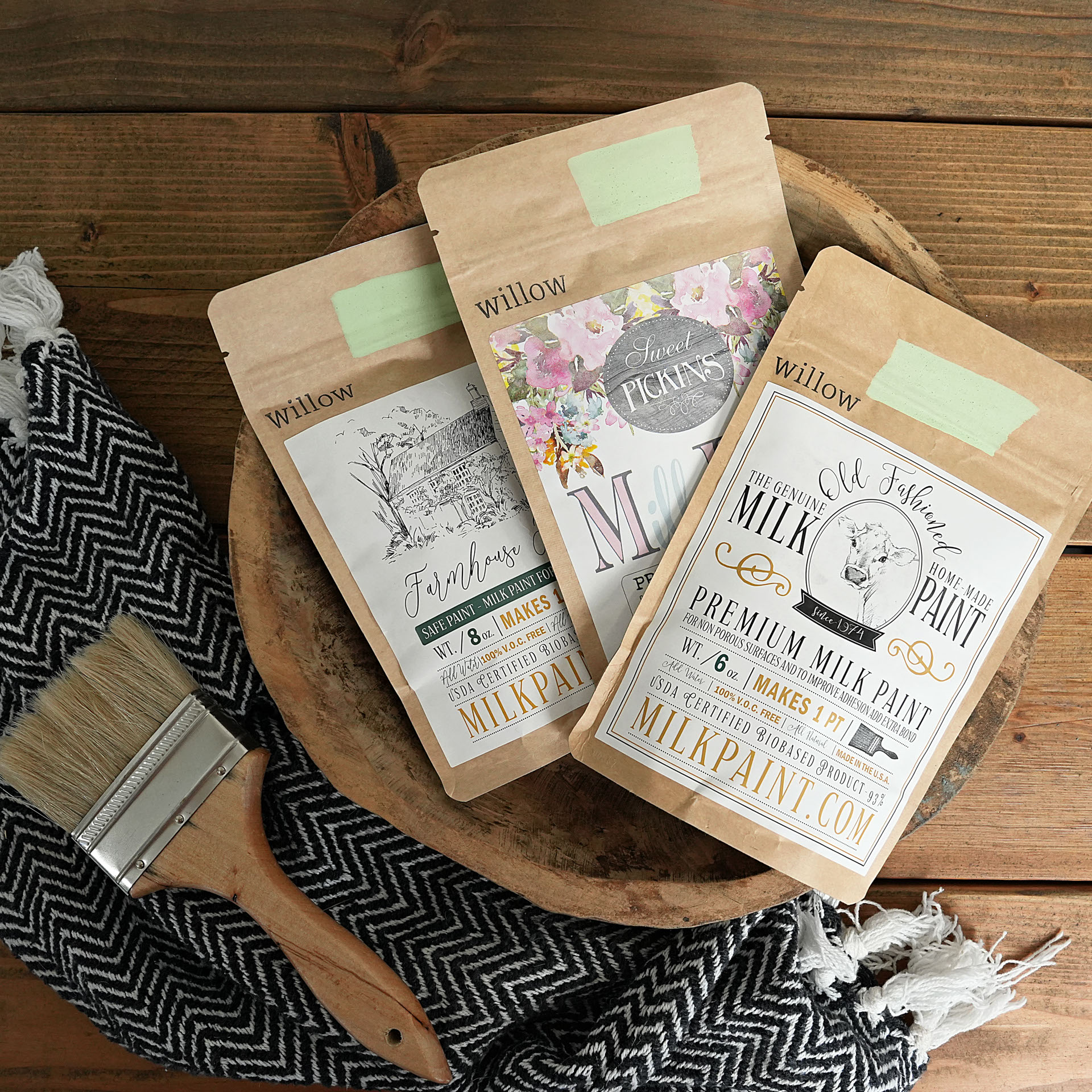stay in the know
Stay up to date with the latest Milk Paint news!
For over 49 years, The Old-Fashioned Milk Paint Company has been faithfully producing a genuine Milk Paint as close as possible to the old primitive, home-made paint made on the back porch.
